In the quest to reduce fuel consumption and lower emissions, every component in a vehicle’s thermal and HVAC system matters. Among them, the Heater Coolant Control Valve and the Automobile Heating Control Valve play underrated but significant roles. By modulating the coolant flow to the heater core and balancing thermal circuits, these valves can help reduce parasitic losses, improve engine warm-up times, and enhance overall energy efficiency under varied driving conditions.
1. The Role of Heater Coolant and Automobile Heating Control Valves in Thermal Management
1.1 What These Valves Do
The Heater Coolant Control Valve adjusts how much hot engine coolant is allowed to circulate through the heater core. When less coolant circulates, less heat is delivered to the cabin; when more circulates, more heat is delivered.
The Automobile Heating Control Valve, in a broader sense, governs coolant distribution across the vehicle’s heating circuits or works in tandem with the heater valve as part of the HVAC system.
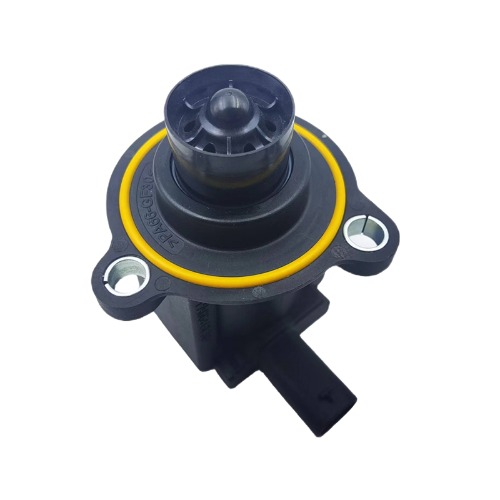
1.2 Why Thermal Efficiency Matters
A thermal system that dumps too much heat into the cabin (when not needed) is wasting energy.
Conversely, a system that delays or limits heat delivery forces the engine to operate longer in inefficient temperature ranges.
Precise control of coolant flow helps avoid overcooling or overheating and helps the engine maintain an optimal operating band.
2. How Better Control Leads to Efficiency Gains
2.1 Faster Warm-Up, Less Heat Loss
When the Heater Coolant Control Valve restricts coolant flow early in the engine warm-up phase, more heat is retained in the engine block rather than diverted prematurely to the heater core. This contributes to:
Faster rise to optimal engine temperature
Reduced time in the inefficient “cold run” zone
Less fuel wasted in overcooling or extended idling
2.2 Reduced Parasitic Load at Higher Speeds or Under Cooling Demand
At highway speeds or in warmer ambient conditions, you don’t always need maximum cabin heat. The Automobile Heating Control Valve can throttle back the coolant to the heater core, reducing unnecessary heat exchange and allowing more efficient cooling or airflow to dominate.
2.3 Mitigating Short Cycling and Thermal Oscillation
Poorly controlled coolant flow can lead to frequent oscillations—valves opening/closing rapidly—or short cycling of heating demand. Such cycling wastes energy as the system repeatedly shifts states. Better valve control helps stabilize temperature delivery rather than toggling extremes.
3. Practical Considerations for Valve-Enabled Efficiency
3.1 Valve Design and Responsiveness
Actuation Speed: Faster valves respond more quickly to driver or control changes, improving adaptability.
Flow Precision: Valves with fine gradation (versus “open / closed”) allow smoother transitions and reduce overshoot.
Thermal Stability: Valves must resist thermal expansion, corrosion, and deposits to maintain control accuracy over time.
3.2 Integration with Control Strategy
To get full efficiency benefits:
Engine / ECU Calibration: The vehicle control unit (ECU) must incorporate logic for variable valve positions based on temperature, load, and driving mode.
Adaptive Logic: Over time, the system may learn or adjust based on usage, ambient conditions, or wear.
Fail-Safe Modes: The system should default to safe positions (e.g. moderate flow) if sensor or valve fault arises.
3.3 Maintenance and Reliability
Prevent clogging by using quality coolant and regular flushing (clogs impair control, as heaters and control valves may block).
Inspect for leaks, binding or sticking valves, or degraded seals.
Replace valves proactively if response lags or control becomes erratic.

 English
English русский
русский Español
Español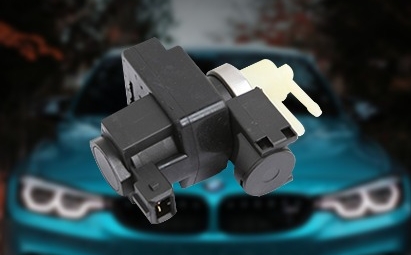

 View More >>
View More >>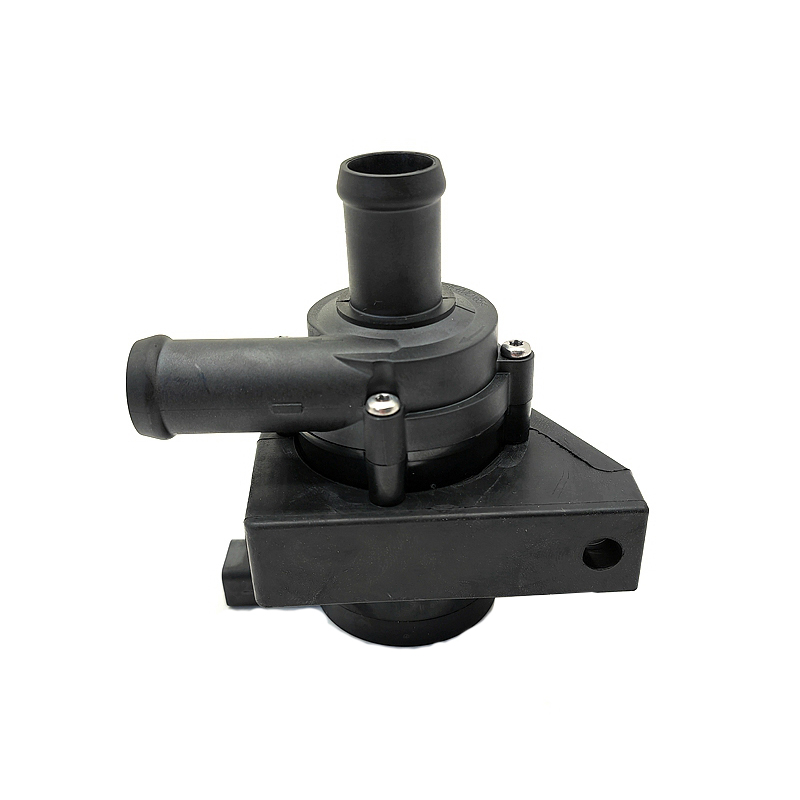 View More >>
View More >>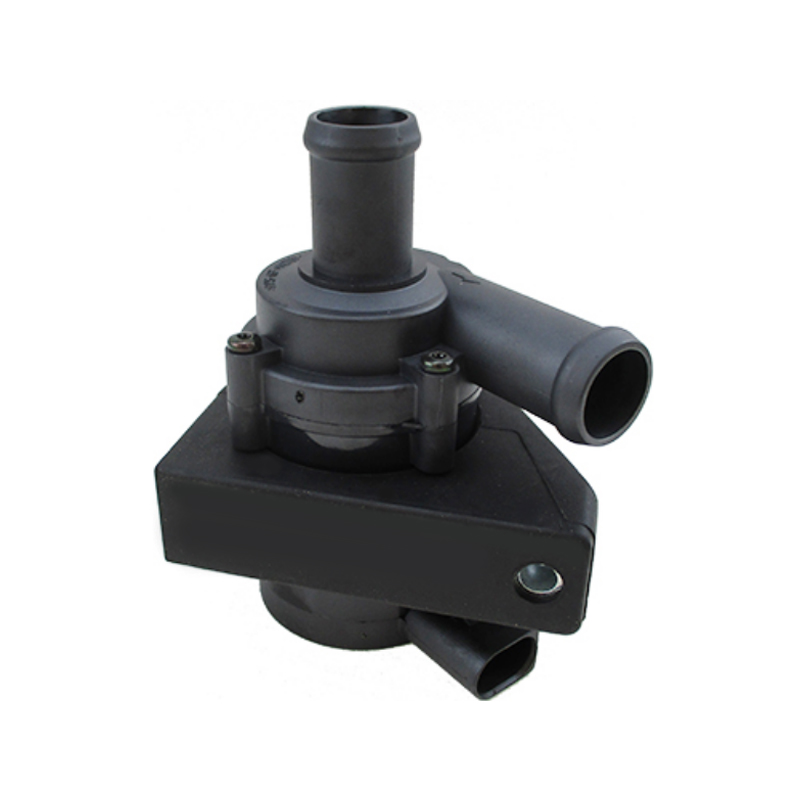 View More >>
View More >>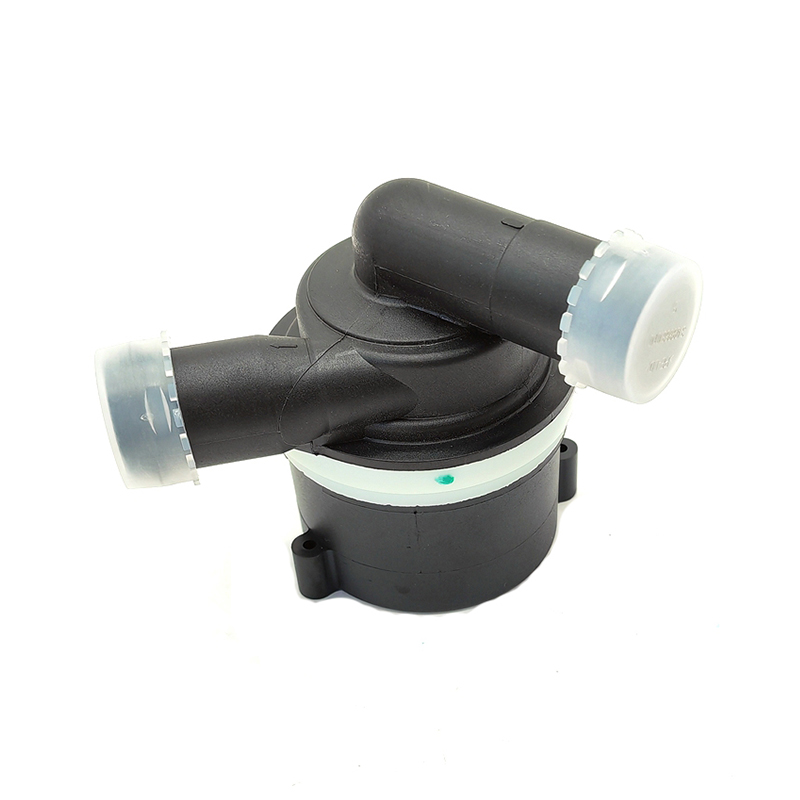 View More >>
View More >>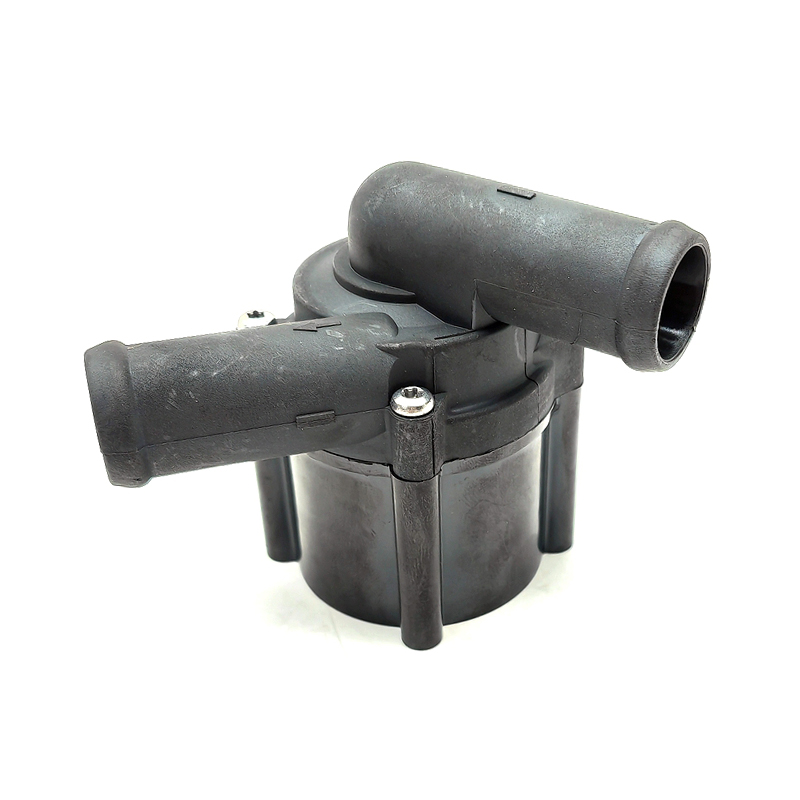 View More >>
View More >>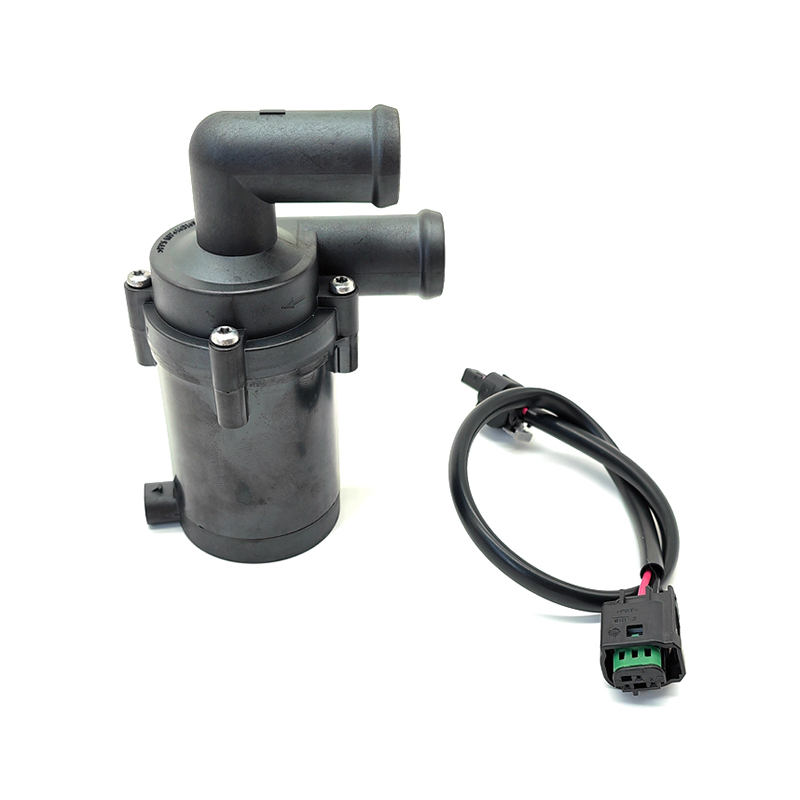 View More >>
View More >>